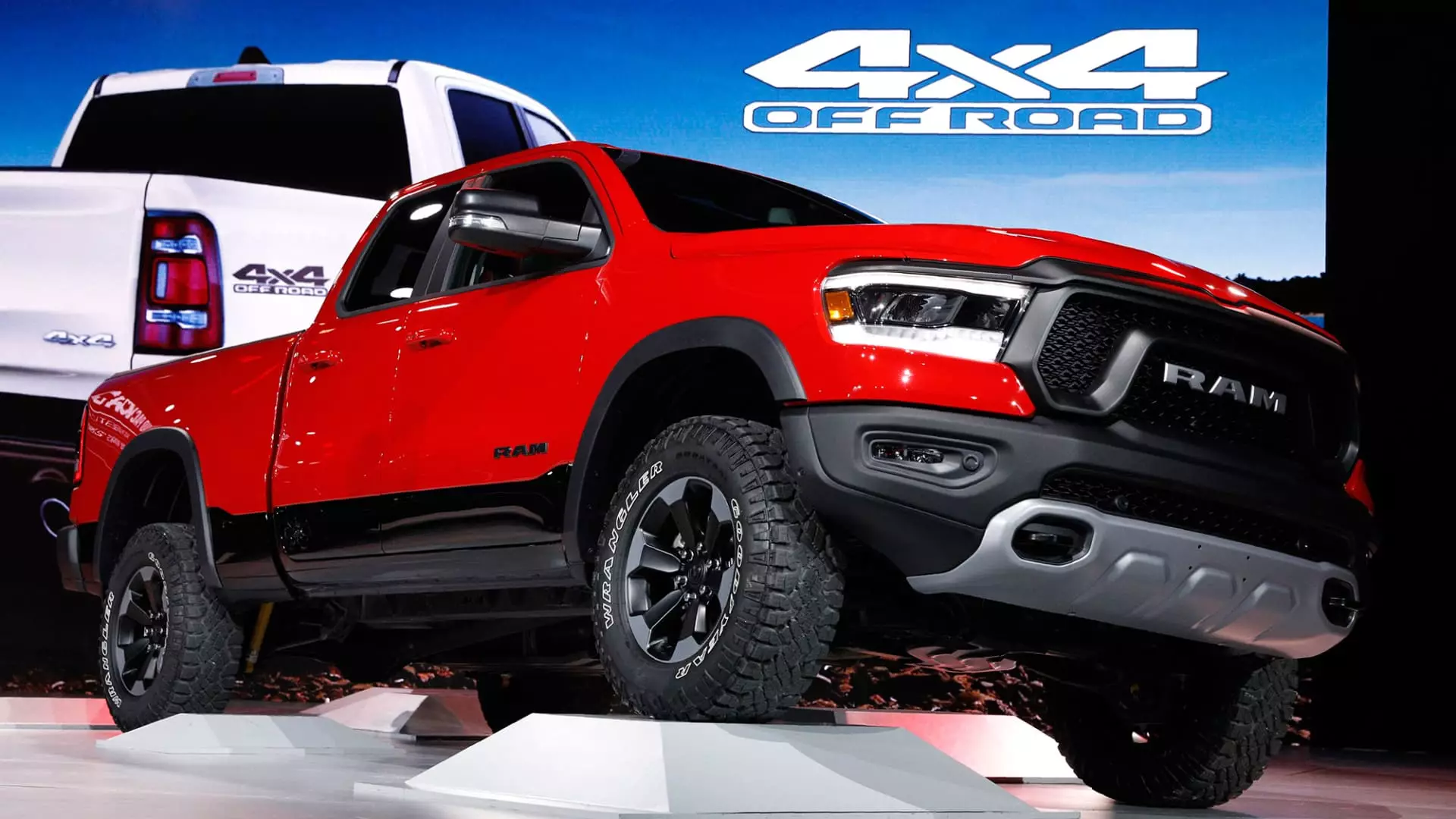In a striking move in the automotive sector, Stellantis is set to lay off approximately 2,450 workers in the United States as part of its strategic decision to halt production of the Ram 1500 Classic pickup truck. This change is particularly impactful for the Warren Truck Assembly Plant in Michigan, a facility known for its long-standing history of producing this model. The transition marks not only a shift in Stellantis’ production philosophy but also raises significant concerns regarding employment stability in the region and the broader implications for the automotive industry.
The Ram 1500 Classic has served as an affordable option for entry-level buyers and fleet operators since the inception of its latest generation in 2018. This pickup truck, while not equipped with the latest technologies and features, was highly regarded for its value proposition. However, with the arrival of the new Ram 1500, which recently underwent updates for the 2025 model year, Stellantis has decided that continuing the Classic version is no longer viable. The decision comes amid a backdrop of shifting market demands and evolving consumer preferences, highlighting the challenges faced by established automakers in keeping pace with an ever-changing industry.
As the announcement of layoffs looms, apprehension extends beyond the assembly line. The United Auto Workers (UAW) union, which advocates for employee rights and job security, is on high alert regarding the potential impact on its members. Although Stellantis indicated the layoffs could start in October, the total number may fluctuate as some workers may be redeployed to different positions within other plants. Nevertheless, the reality of job losses puts an undeniable strain on families and the local economy, generating uncertainty in a region that heavily relies on the automotive industry.
Stellantis’ decision to downsize is not isolated but is part of a broader organizational strategy led by CEO Carlos Tavares, who has been actively pursuing cost-reduction initiatives since the merger between Fiat Chrysler and PSA Groupe in January 2021. His “Dare Forward 2030” plan aims to bolster profits while setting ambitious growth targets, such as doubling revenue to €300 billion (about $325 billion) by the end of the decade. However, such aggressive cost-cutting measures, including recent voluntary buyouts offered to salaried workers, pose questions: Do these strategies align with sustainable growth, or do they risk undermining workforce morale and loyalty?
Stellantis’ trajectory exemplifies the broader challenges faced by North American automakers as they navigate a rapidly evolving landscape characterized by consumer shifts towards electric vehicles and increased competition. The discontinuation of the Ram 1500 Classic serves as a critical juncture for the company, one that will require strategic foresight and innovative thinking to ensure both the company’s financial health and the welfare of its workforce.
The eventual success of Stellantis’ strategies will hinge upon its ability to not only stabilize its current workforce but also adapt to the changing dynamics of the automotive market. As the industry continues its transformation towards sustainability and technological advancement, the choices made in the coming months will be pivotal in shaping Stellantis’ legacy in the automotive space.


Leave a Reply